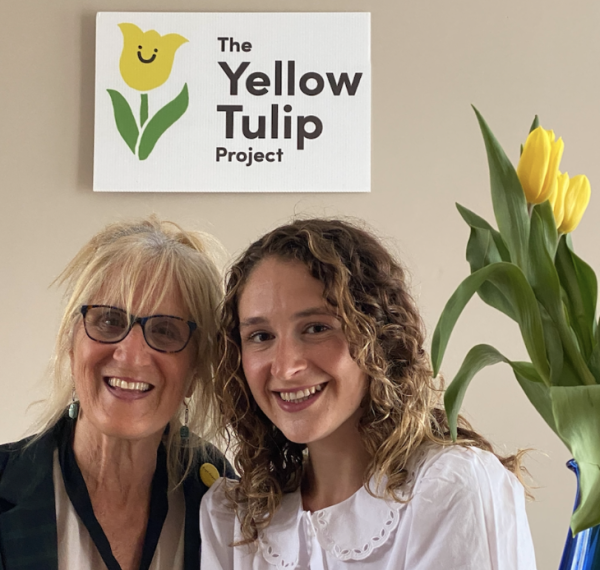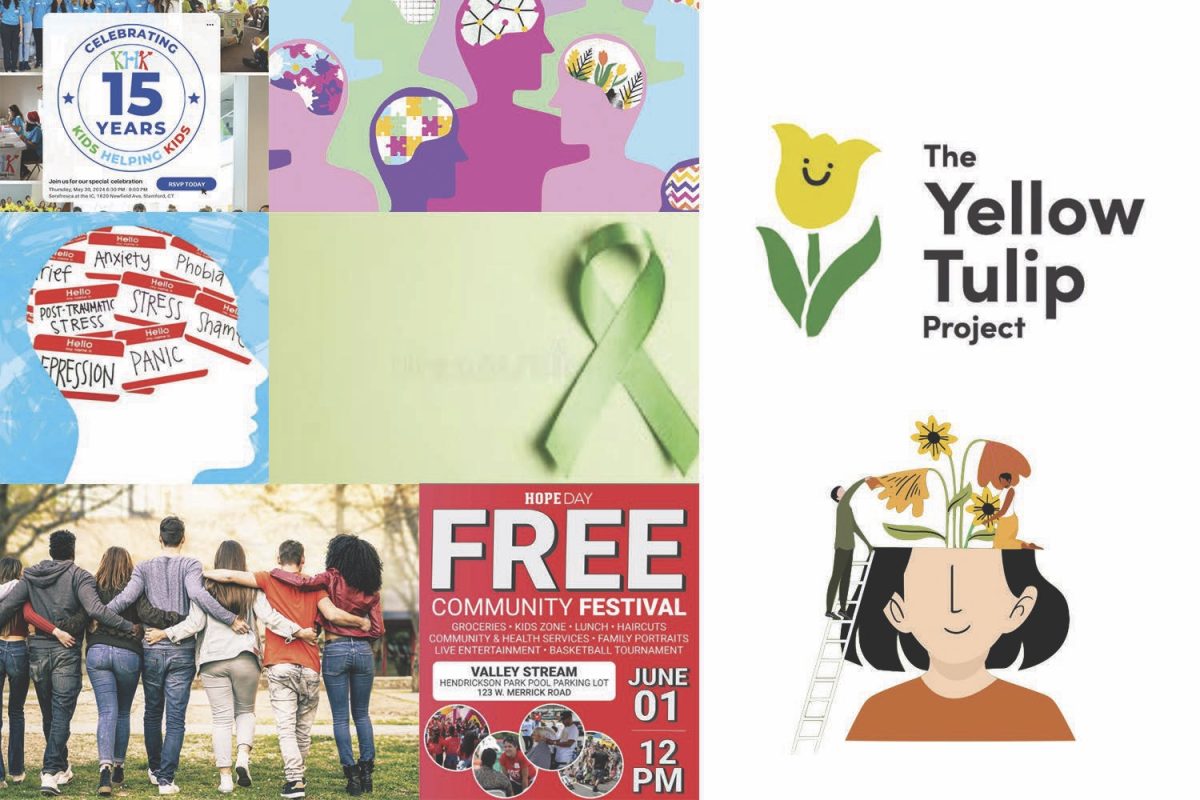Hope Day is a recurring event that takes place in various states, including New York, New Jersey, Rhode Island, Connecticut, and Delaware, according to hopedaynetwork.org. The purpose of the day is to reach out to teens who struggle with their mental health and destigmatize the subject. By building community and spirit, Hope Day celebrations ignite a renewed sense of optimism and resilience within teenagers. The Hope Day Network is a branch of Convoy of Hope, which is a compassionate movement to help people who are impoverished, hungry, and hurting.

Pastor Steve Milazzo, lead pastor of Bethlehem Assembly of God Church, established Hope Day in 2015 to help teens improve their mental health and spread empowerment, transformation, and love. Many organizations hold Hope Day celebrations, but the Yellow Tulip Project (YTP) sponsors the event in Greenwich. The Greenwich community celebrates Hope Day April 28.
Raising awareness regarding mental health struggles in teenagers promotes an end to the stigma surrounding the topic. About 49.5 percent of teenagers experience a mental health disorder at some point in their lives, according to opa.hhs.gov. Studies show that speaking positively about mental health can help to prevent further problems, according to mckinsey.com. Ms. Suzanne Fox, Co-Founder and Director of Global Initiatives of YTP, spoke on how she aims to raise awareness about mental health issues.
“By talking about mental health all the time,” Ms. Fox said. “By creating safe and welcoming spaces where young people know that it is okay not to be okay and that reaching out for help is a sign of strength, not weakness.”
Extending the main idea of Hope Day beyond a single event allows people to take more opportunities to overcome challenges, ultimately working towards addressing mental health issues proactively and compassionately. Through the joint efforts of organizations like YTP, communities can easily create inclusive environments. Moreover, planting gardens and trees becomes a concrete representation of support and solidarity. Ms. Fox feels that Hope Day serves as a foundation for establishing support networks and ending the stigma surrounding mental health in high school kids.
“It is more about the community experience so folks can literally plant a succulent garden or a rock garden—it’s just the act of coming together that really matters,” Ms. Fox said.

There are many factors that contribute to health challenges in teens, but YTP sponsors events like Hope Day that focus on sharing personal experiences that can make others feel more comfortable to share their stories. On Hope Day, communities go on walks, share poetry, listen to music, give speeches, and hold a flower viewing. During mental health awareness week in October, organizations take action to prepare for the spring by planting tulip buds. By the time Hope Day arrives, the tulips are fully bloomed. These activities are crucial for building a community support system for teens. Ms. Fox commented on what the yellow tulip and Hope Day stand for.
“Hope Days are a vital part of YTP’s mission,” Ms. Fox said. “Yellow tulips are the flowers of hope and need to be planted close together. They endure cold, dark winters and then bloom—strong and proud.”
Featured Image by Casey Smith ’26




